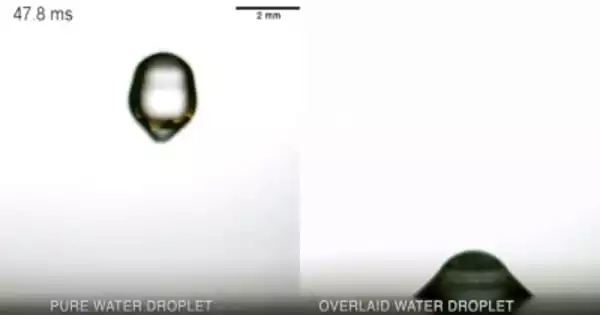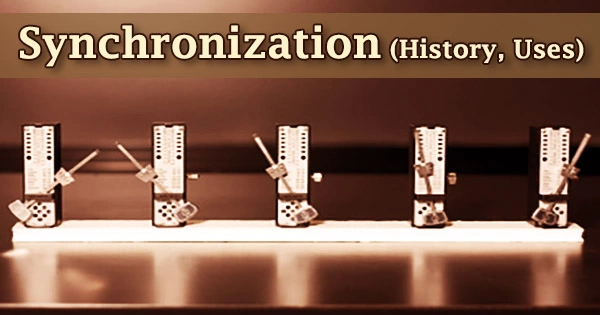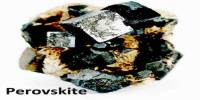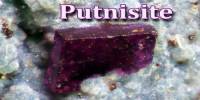Manipulation of microscale particles and fluid liquid droplets is a critical task for lab-on-a-chip devices used in a variety of biological research and applications, including cell detection and tissue engineering. Surface acoustic wave (SAW) particle manipulation techniques appear effective for lab-on-a-chip devices because they are non-invasive, compatible with soft lithography micromachining, have a high energy density, and work for nearly any type of microscale particle.
Researchers at the University of Hong Kong’s (HKU) Department of Mechanical Engineering have made a significant breakthrough in droplet manipulation. They’ve devised a novel method for navigating liquids on a surface in the absence of external force or energy.
A droplet looks like a ball. In-plane droplet control is similar to snooker in that the balls are directed to move along the desired trajectory, and it is a feature that is highly valued in thermal management, desalination, materials self-delivery, and a variety of other applications.
Researchers have made a key breakthrough in droplet manipulation. They have discovered an innovative way to navigate liquids on a surface in the absence of external force or energy.
Conventionally, researchers fabricate chemical wetting gradient or asymmetric microtextures to drive droplets into motion, similar to designing a conveyor belt to transport the balls. For the first time, RGC postdoctoral fellow Dr. TANG Xin, Postdoctoral fellow Dr. LI Wei, and Chair Professor of Thermal-Fluid Sciences and Engineering WANG Liqiu from the HKU Department of Mechanical Engineering discovered that when a cold/hot or volatile droplet is liberated on a lubricated piezoelectric crystal (lithium niobate) at ambient temperature, the droplet instantaneously propels for a long distance (which can be ~50 times the droplet radius) in furcated routes.
Self-propulsion can be unidirectional, bifurcated, or even trifurcated depending on the crystal plane that interfaces with the droplet. In an article titled “Furcated Droplet Motility on Crystalline Surfaces,” the discovery was published in Nature Nanotechnology.
An ethanol-wetted nanofibrils wire (ENW) is introduced as a droplet manipulation strategy that can intelligently generate a repellent force to cut apart a spreading water droplet to split droplets (SDs) on a super hydrophilic surface without any contact.
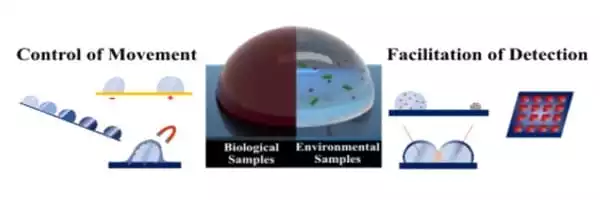
“This is an unexpected occurrence with far-reaching consequences. Droplets on a surface with a temperature difference of 5 °C can self-sustain propulsion. Consider placing a ball on a perfectly leveled and smooth table; instead of remaining stationary, the ball begins to roll. Even more surprising is the fact that the ball only rolls in one direction at a time “Professor Wang Liqiu expressed his thoughts.
The intrinsically oriented liquid motion is fueled by cross-scale thermo-piezoelectric coupling, which is caused by crystal structure anisotropy, according to the researchers. This is similar to how a smooth table is atomically arranged in an unusual way so that a symmetric heat source can produce an asymmetric electric field that propels a ball in a direction determined by the table surface’s cutting direction.
Dr. Tang Xin said, “The work enables an innovative way to deliver and transport liquids with controllability, versatility, and performance, and provides clues for solving some long-standing challenges like anti-icing, defrost, and antifog in humid environments.”
When a droplet hits a supercooled substrate, such as an airplane wing or a power cable, it freezes quickly and adheres to the surface. In this case, the nucleating droplet may be perturbed by the spontaneous electric force generated by the crystal, potentially reducing interfacial adhesion and delaying harmful ice accretion.
By removing growing condensate from the surface, the thermal barrier, self-propulsion will improve the performance of dropwise condensation, potentially providing a very promising solution to droplet manipulation in space where gravity-assisted droplet shedding is absent.
Furthermore, external disturbances such as subtle electric fields can be used to selectively choose the furcated routes. The surface can then be used as a two- or three-way planar valve to deliver droplets containing data, chemicals, or biological payloads.
“Clearly, this novel approach to liquid manipulation works for a wide variety of liquids and piezoelectric crystals,” said Dr. Li Wei, “thus opening opportunities for further research and the development of new materials and technologies.”
